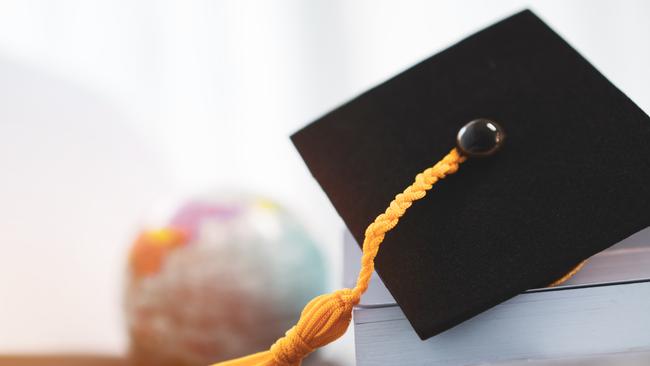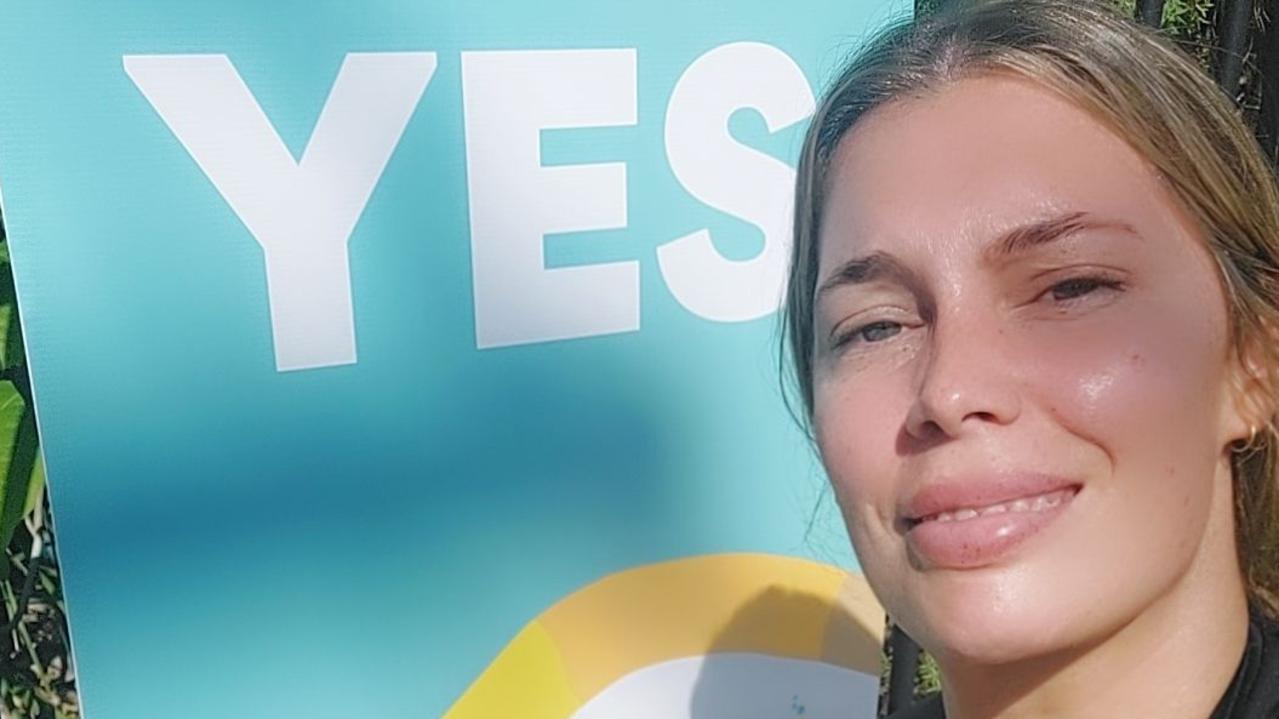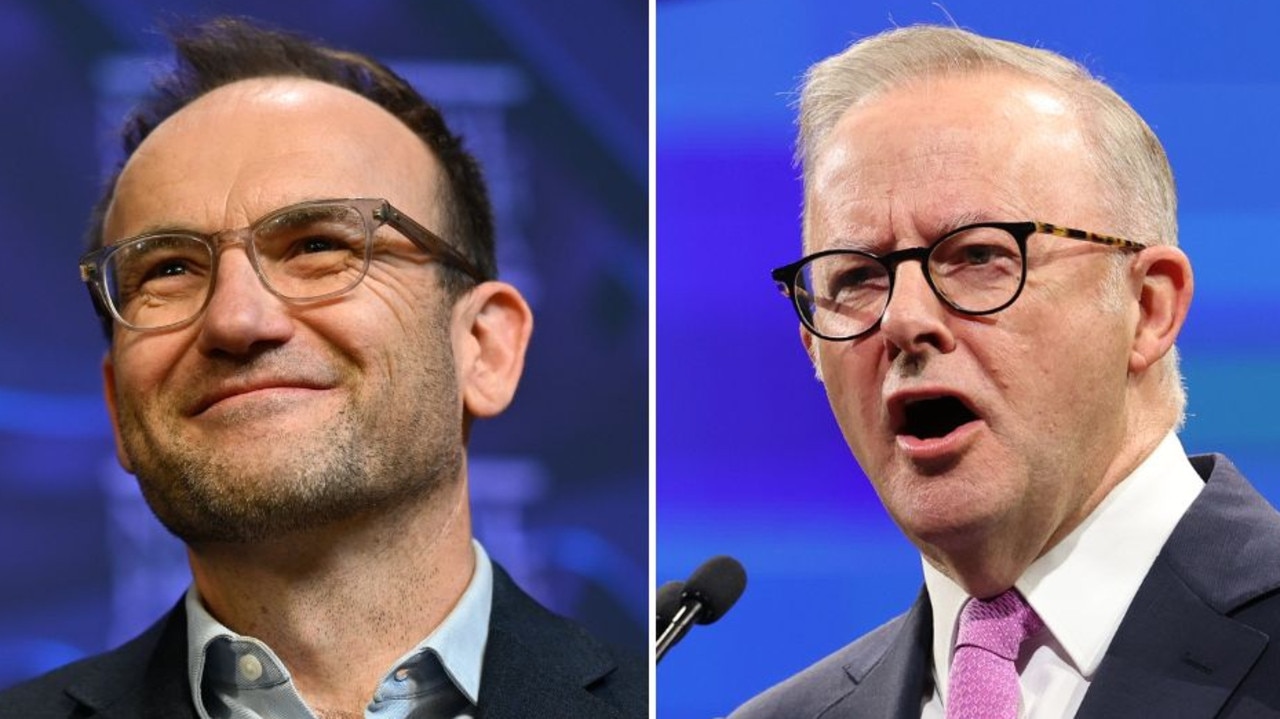International student arrivals running 143pc ahead of last year
International students are rushing back to Australia, with arrivals this year nearly one-and-a-half times higher than last year.

International students are rushing back to Australia with numbers in the peak January-to-March arrival period nearly 150 per cent higher this year compared to 2022.
Australian Bureau of Statistics figures released on Thursday show that 256,170 people arrived in the country on student visas from January to March this year, compared with 105,520 students arriving on student visas in the same period in 2022.
Both these figures stand in sharp contrast to the 790 people who entered Australia on a student visa in the first three months of 2021 during the Covid border closure.
The data is the latest indication that the international student business, which at its peak in 2019 earned $40bn in export revenue, is rebounding sharply.
Universities Australia acting CEO Peter Chesworth said education was a serious driver for the economy. “We are steadily working back to the position of strength we held prior to the pandemic. The sooner we get there the better for the benefit of our universities and all Australians,” he said.
However international student numbers still have some way to climb before they reach the record level set in 2019, the year before the pandemic.
According to the ABS the 256,170 students arrivals in January to March this year (the number is still provisional) is still 24 per cent below the 346,310 students who arrived from January to March in 2019.
The ABS figures also show that 425,920 students arrived in Australia in 2022, up from only 32,940 in 2021. However, the 2022 student arrivals are only about half of the record 842,990 students who arrived in 2019.
Education export revenue is also well behind the $40bn recorded in 2019. In 2022 it was only $25.5bn.
International Education Association of Australia CEO Phil Honeywood said it was not surprising that student numbers were growing fast because of pent-up demand for study in Australia. “Going forward, we should still be the beneficiary of challenges faced by competitor markets, but we have our own challenges to contend with such as accessible accommodation and education agent bad behaviour,” he said.
In February this year, 77 per cent of arrivals were higher education students, 9 per cent were in vocational education and 4 per cent English language courses.




To join the conversation, please log in. Don't have an account? Register
Join the conversation, you are commenting as Logout